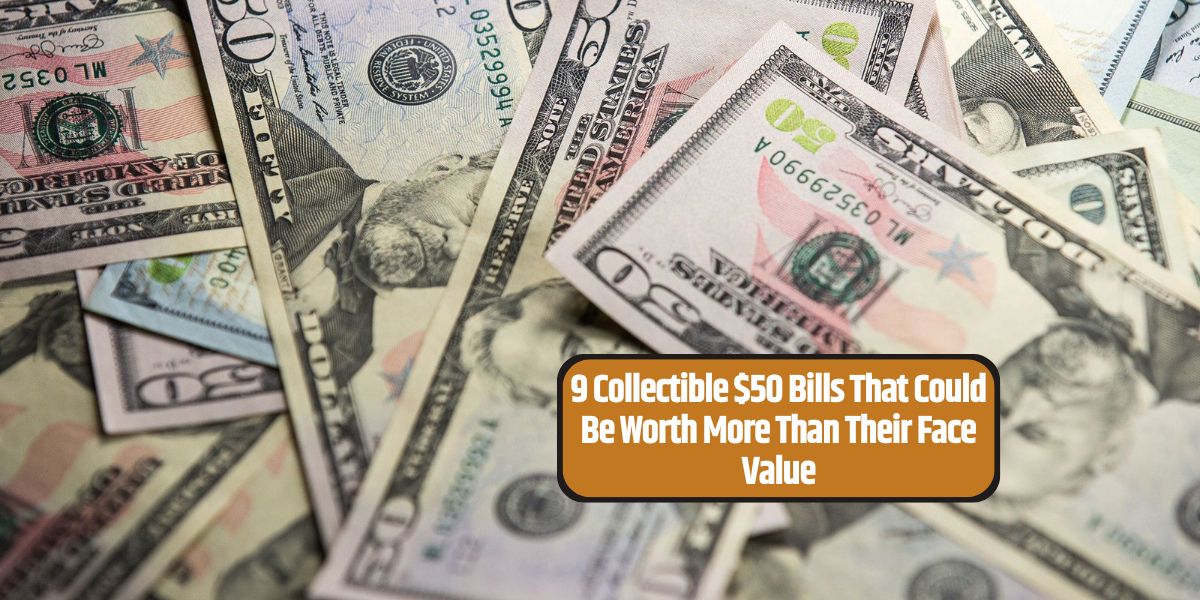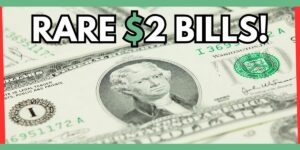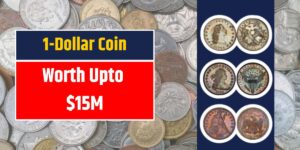Certain $50 bills possess value far exceeding their face value due to rarity, historical importance, or unique production features. Collectors and enthusiasts often seek these notes, particularly those in excellent condition or with distinctive characteristics. Below, we highlight several $50 bills that might surprise you with their worth.
Early and Rare $50 Bills
1862 Legal Tender $50 Bill
As one of the first $50 notes issued by the U.S. Treasury, this bill holds tremendous historical significance. Its intricate design and limited surviving examples make it a valuable collector’s item. In top condition, these notes can fetch between $1,000 and $5,000.
1914 Federal Reserve $50 Bill
This note was part of the initial series of Federal Reserve currency, showcasing a unique and historical design. Collectors value pristine specimens of this bill, which are relatively scarce today. Depending on the condition and serial features, their value ranges from $500 to $2,500.
1928 Gold Certificate $50 Bill
Issued when paper currency was redeemable in gold, the 1928 Gold Certificate is a highly prized collectible. The rarity of these notes, combined with their historical context, makes them worth significantly more than their face value. A well-preserved note can sell for $2,000 to $10,000.
Noteworthy $50 Bills by Features
1934 Star Note $50 Bill
Star notes, denoting replacements for defective bills, were printed in smaller quantities, making them rare. The 1934 $50 star note is a coveted item, particularly when it has minimal wear, with estimated values between $1,000 and $5,000.
1950 Small Size Federal Reserve $50 Bill
This series marked the transition to modern “small size” currency. While not as old as other collectibles, high-grade 1950 notes, especially those with unusual serial numbers, are gaining traction among collectors, with values ranging from $100 to $500.
1990 Series Low Serial Number $50 Bill
Bills with low serial numbers (e.g., those starting with multiple zeroes) are always in demand. The 1990 series low serial number $50 bills are especially desirable, often commanding $500 to $2,000 based on their rarity and condition.
Error Notes and Modern Collectibles
2004 Series $50 Bill with Misprint
Currency errors, such as ink smears, misaligned seals, or doubled serial numbers, are rare and highly collectible. Misprints from the 2004 series can significantly increase a bill’s value, with prices ranging from $300 to $3,000, depending on the type and severity of the error.
2013 $50 Bill with Star Note
Modern star notes, like those from the 2013 series, remain a popular focus for collectors. While relatively new, their value depends on the rarity of their print run and their condition, with lower print runs fetching higher prices.
Depression-Era Notes
1929 Federal Reserve Bank Note $50 Bill
Produced during the Great Depression, the 1929 Federal Reserve Bank Notes are notable for their smaller size and unique designs. Limited production makes these bills highly sought after today. In fine condition, they can achieve significant premiums over face value.
Notable $50 Bill Values: A Summary Table
| Bill Name | Series Year | Notable Feature | Estimated Value |
|---|---|---|---|
| 1862 Legal Tender | 1862 | Early design | $1,000 – $5,000 |
| 1914 Federal Reserve | 1914 | Historical design | $500 – $2,500 |
| 1928 Gold Certificate | 1928 | Redeemable in gold | $2,000 – $10,000 |
| 1934 Star Note | 1934 | Star note rarity | $1,000 – $5,000 |
| 1950 Small Size Federal | 1950 | First modern small | $100 – $500 |
| 1990 Series Low Serial | 1990 | Low serial numbers | $500 – $2,000 |
| 2004 Series with Misprint | 2004 | Printing error | $300 – $3,000 |
Collecting U.S. currency offers an exciting blend of history and investment potential. From antique bills to modern error notes, these $50 bills exemplify how distinctive traits can transform ordinary money into prized collectibles.
FAQs:
1. How can I determine the value of a $50 bill I own?
Consult a currency appraiser or reputable dealer specializing in collectible U.S. currency. Factors like condition, rarity, and unique features greatly influence value.
2. Are star notes always valuable?
Star notes are generally more valuable due to their limited print runs, but their worth depends on the year, denomination, and condition.
3. What makes a serial number valuable?
Low numbers (e.g., 00000001), repeating patterns, and unique sequences like “12345678” or “88888888” can make a bill highly collectible.




